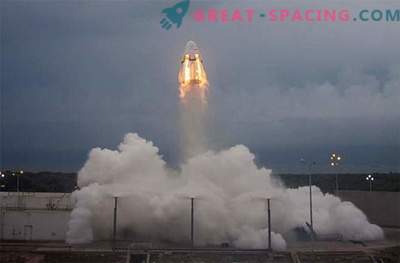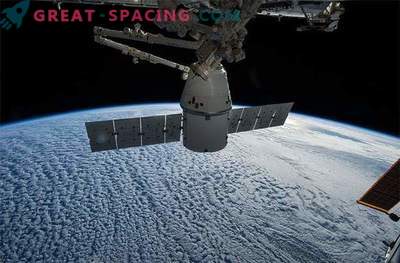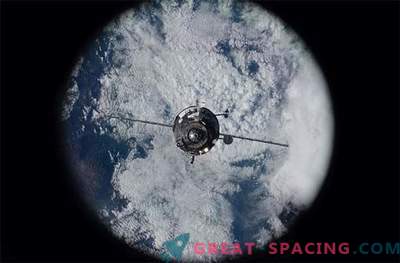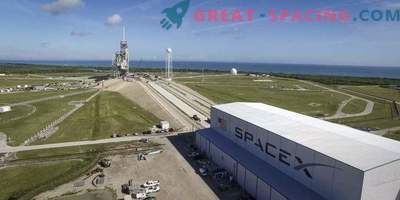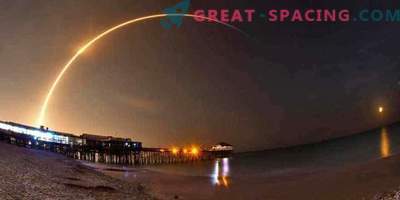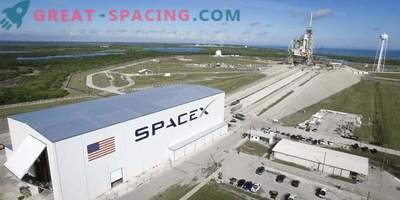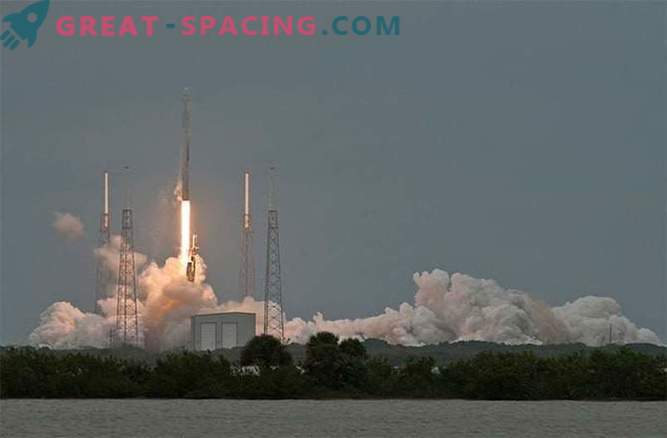
On April 18, in spite of gloomy weather predictions, the Falcon 9 rocket launched from the US Air Force Base at Cape Canaveral and sent the Dragon capsule-truck to the International Space Station.
“As far as we can tell, the flight of the rocket was successful,” Elon Musk, executive director of SpaceX private company, told reporters after launch.
The “Dragon” cargo vehicle, which was supposed to deliver five thousand pounds of scientific equipment and supplies for the ISS crew, successfully docked with the station on Sunday, April 20th.
The rocket launch, which occurred at 3:25 pm EDT, completed a series of non-technical delays. Although clouds and rain threatened to thwart the Friday launch, the sky managed to clear itself just before the start.
“Mother Nature itself has given us a window of opportunity today,” said commentator Michael Curie, who was at NASA’s cosmodrome.
“However, this same Nature was not so kind to the waves of the sea,” says Elon Musk, “which will obviously be too harsh for the first stage of the rocket to be intact after falling into the sea.” The fact is that one of the goals of SpaceX is to conduct engineering experiments (as part of a launch on Friday) to restore and reuse its missiles in order to reduce overall flight costs. “We do not really believe that we will be able to return the step that fell into the sea, but of course there is little hope. In general, I think that it is much more important to obtain information about such an attempt, ”Vice-President of“ SpaceX ”Hans Koenigsmann told reporters.
After the first stage of the rocket separates from the top of the cargo compartment, it again turns on some of its engines for braking while descending, trying to assume a vertical position at the moment of contact with the water surface and prevent it from tilting on its side by gravitational forces.
The rocket is also equipped with four folding 25-foot long legs to stabilize the landing. In general, the results of the experiments are still under consideration. Specialists of the company “SpaceX” hope that by the end of this year they will be able to improve the landing technology and to ensure that in the future all the “Falcon” will land on land.
